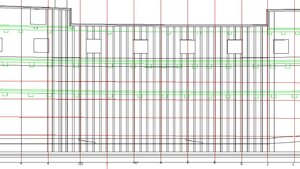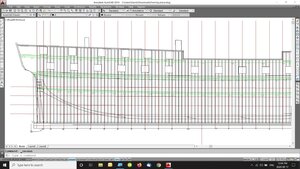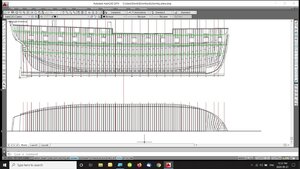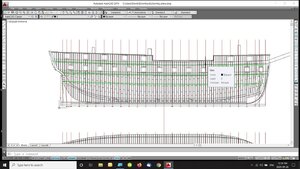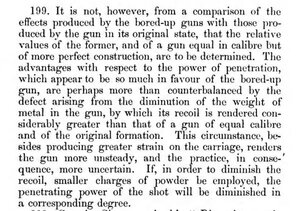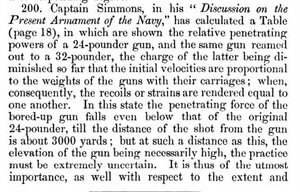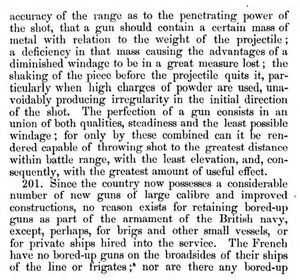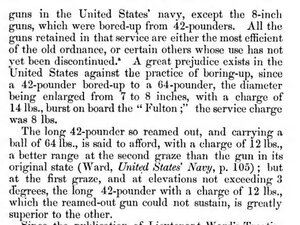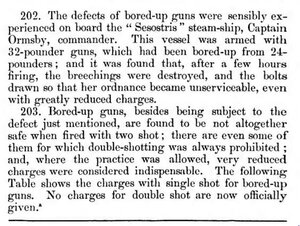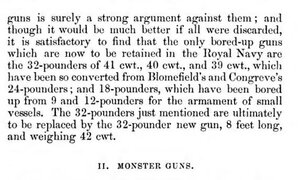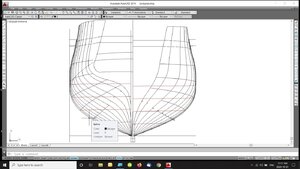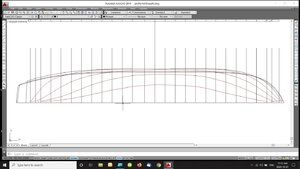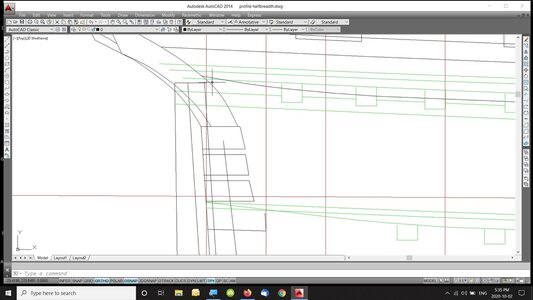- Joined
- Jul 22, 2014
- Messages
- 134
- Points
- 78

Well not to get to excited but I seem to have answered ny own question about the triple.
If you start at the station x a frame against the port and then working towards the stem, 5" then another frame,when you measure from the frame against the other port it measures 39". 3 frames together leaves 1.5" ether side.
Now this is to start, I just don't want to get to excited.
Not to put a monkey wretch into this but can it be proved that this spacer was added in Kingston?
I know what you will say, they have to use the original frames and they are designed for a specific spot on the keel, given the high rise. But would production be slowed because of the added bolting to be done.
If you start at the station x a frame against the port and then working towards the stem, 5" then another frame,when you measure from the frame against the other port it measures 39". 3 frames together leaves 1.5" ether side.
Now this is to start, I just don't want to get to excited.
Not to put a monkey wretch into this but can it be proved that this spacer was added in Kingston?
I know what you will say, they have to use the original frames and they are designed for a specific spot on the keel, given the high rise. But would production be slowed because of the added bolting to be done.



